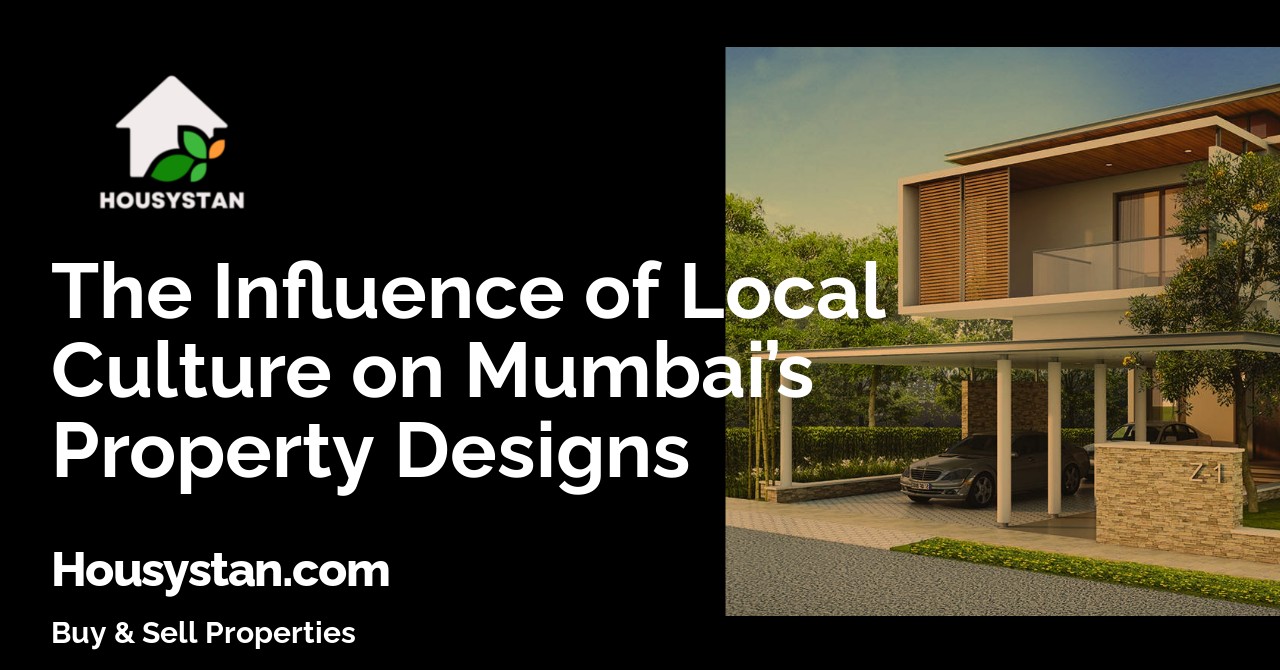The Influence of Local Culture on Mumbai’s Property Designs
Read latest blogs and articles from Housystan

The Information mentioned here was last updated on:
28/12/2025The vibrant city of Mumbai is renowned for its seamless blend of tradition and modernity, a fusion that is distinctly mirrored in its property designs. As the financial capital of India, Mumbai attracts individuals from diverse backgrounds, resulting in a rich cultural tapestry. This cultural diversity significantly influences architectural trends, ensuring that every residential and commercial space reflects the city’s unique heritage. Mumbai’s local culture, rooted in Maharashtrian traditions and shaped by global influences, plays a pivotal role in shaping property layouts, design elements, and communal spaces.
One of the defining features of Mumbai’s property designs is the incorporation of traditional elements like intricate jaali work, spacious courtyards, and Vastu-compliant layouts. These features are not only aesthetically pleasing but also serve practical purposes, such as improving ventilation and fostering a sense of community. Developers often prioritize natural light, cross-ventilation, and eco-friendly materials, responding to both climatic needs and cultural preferences for sustainable living. The presence of balconies, verandas, and rooftop gardens echoes the city’s love for open spaces, while also offering residents a retreat from the urban rush.
The influence of Mumbai’s cosmopolitan ethos is evident in the fusion of global architectural styles with local sensibilities. High-rise apartments in areas like Bandra, Juhu, and Powai often showcase contemporary designs, yet subtly incorporate motifs, colors, and patterns reminiscent of Mumbai’s historical neighborhoods. Gated communities are designed to foster social interaction, featuring shared amenities such as gyms, swimming pools, and community halls, catering to the city’s collaborative spirit. In heritage zones like South Mumbai, restoration projects strive to maintain the original Art Deco and Victorian Gothic facades, preserving the city’s architectural legacy while accommodating modern living standards.
- Verified Tenants/Buyers
- Unlimited Property Listing
- Zero subscription/charges fee
Ultimately, property designs in Mumbai reflect the city’s dynamic character—balancing innovation with respect for tradition. Whether you are searching for a new home or investing in commercial real estate, understanding the influence of local culture on property designs ensures you find a space that resonates with Mumbai’s distinctive identity. This unique blend of heritage and progress continues to make Mumbai’s real estate landscape attractive to buyers and investors both locally and globally.